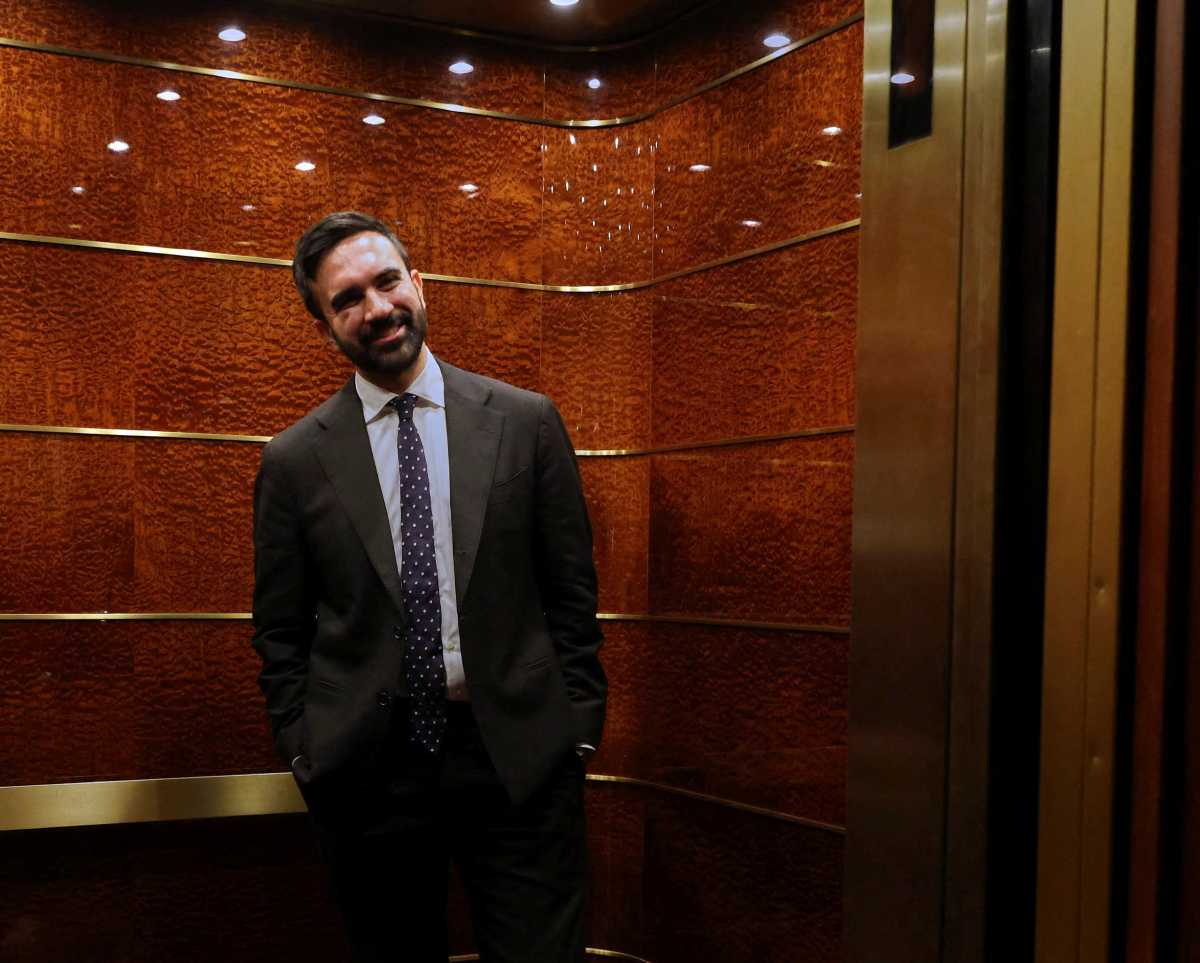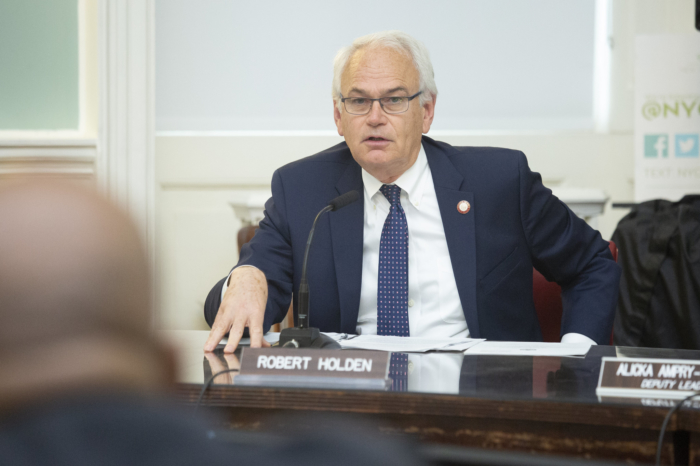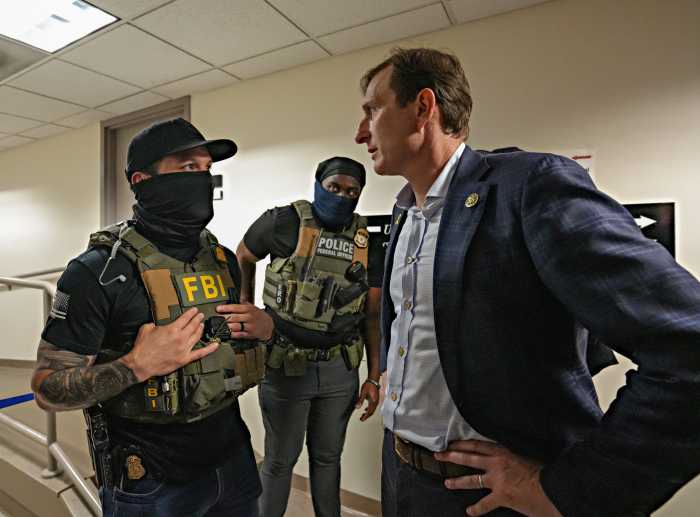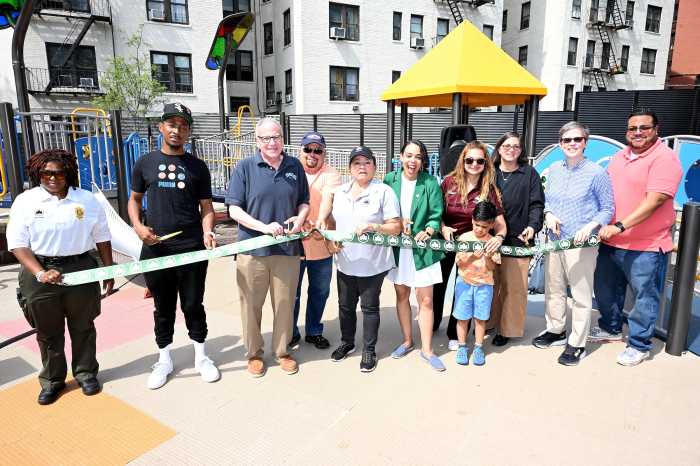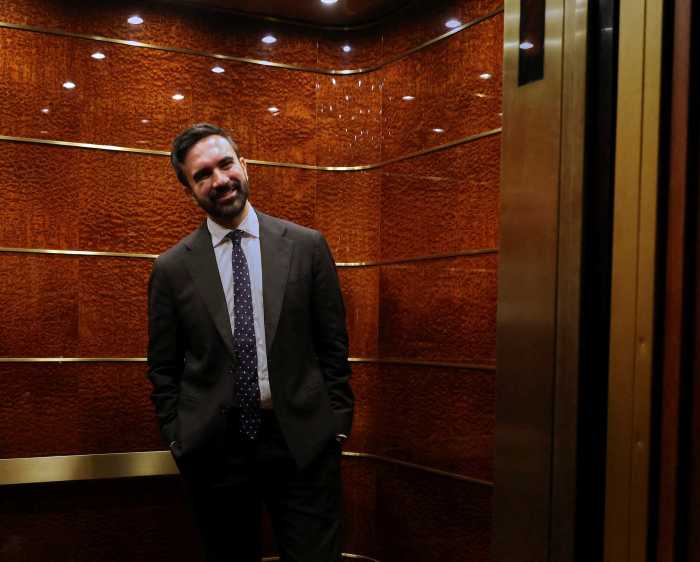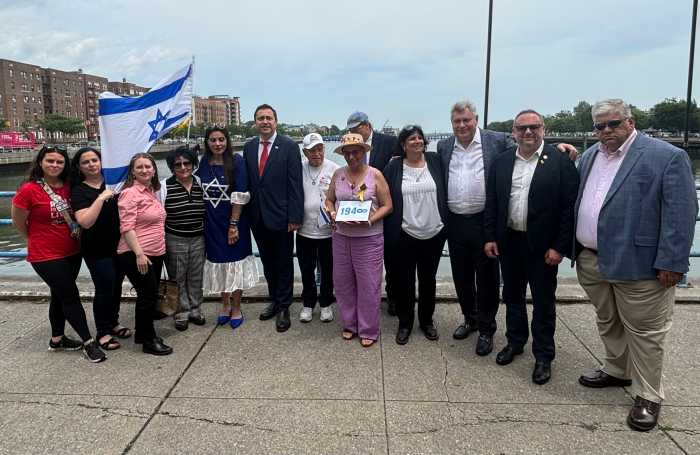Christopher Bonilla has not seen his brother and sister for more than 14 years.
Bonilla, a 30-year-old from the Castle Hill section of the Bronx was separated from his sister Vanessa, who would now be 22, and his brother Alex, who would now be 17, when he left foster care as a teenager to return to his mother. His younger brother and sister, meanwhile, were adopted by their foster parent.
The last time Bonilla saw them he was about 15 years old. “My mother was getting her (parental) rights terminated and I was in court with her,” Bonilla recalled. Chris had a sympathetic social worker who allowed him to return to his mother after he aged out of a group placement and threatened to run away if not returned to her. But Alex and Vanessa were much younger, under the supervision of a separate social worker, and family reunification and supportive services were not then as much of a priority for ACS.
If he could find his sister and brother he would hug them and tell them “I miss you! I love you! I’ve never stopped thinking about you!,” he said.
Bonilla is typical of New Yorkers who were separated from siblings while in foster care and who lost contact with them after adoptions from the foster care system – which came with financial incentives – took place.
No one knows how many there are. While Administration of Children’s Services data from fiscal year 2014 shows that the “sibling placement rate” was 88.2% — quite a feat considering the housing challenges of New York City — placing and keeping sibling groups together was a less common phenomenon in the past.
A Casey Family Programs analysis of data from ACS in fiscal year 1999 showed that while almost 67% of the 11,215 kids who entered care that fiscal year also had siblings in the system, 47% of those were separated from one or more brothers and sisters.
While some stayed in touch or were reunited, others were adopted by new families, given new names, and lost forever to siblings who cared for them then and search for them now. ACS now encourages “adoptive families to consider and support open adoption so that families may maintain contact after an adoption is finalized,” said a spokesman for the agency in an emailed statement.
Because the records of legally adopted children are sealed, “we encourage adoptees to register with the adoption information registry if they are interested in locating biological family,” he said.
But registering is often an exercise in futility.
Since the New York State Adoption Information Registry was established in 1983, 41,000 people have signed up, but only 2,405 matches have been made.
While a spokesman for the state’s health department, which runs the registry, said the department is committed to making matches, “the number of birthparents (9,691) and biological siblings (1,248) registered lessens the odds of matches being made,” he said.
“I don’t know anyone who has ever located a sibling through a state registry,” said Lynn Price, a former foster child who was separated from her own sister and founded “Camp to Belong,” to allow foster children to spend time together and cement sibling bonds. The separations are tragic, said Price, because “sibling relationships are often your longest relationships in life, surpassing relationships with your parents,” and connections to romantic partners. “Facebook has been the most successful,” matching up former foster children searching for blood relations, said Price.
A poll taken on the FosterClub website in 2010 showed that 74% had used the Internet to search for a family member, raccording to child welfare publication CW360.
But even Internet searches for those missing critical information, such as the current names of adopted siblings, are often fruitless.
Sibling rights are supposed to survive adoptions, but kids aren’t always kept in contact, explained Betsy Kramer, director of the public policy project at Lawyers For Children. An adoptive parent may move away, not want children to know they are adopted, not want the children they adopt to have contact with their birth family, or simply not make the maintenance of their children’s earlier relationships a priority, she explained. “Issues come up after the adoption, when the agency is no longer involved: There’s no oversight,” to guarantee that siblings who want to stay in touch do so, she explained. While LFC often goes to court to enforce sibling rights, it can be of little assistance to adults who do not know their siblings’ names and lack information on how to obtain them.
Mary Brown, 28, of Harlem, who was taken away from her mother at birth and adopted at the age of six months, remained in touch with a biological sister and brother who were adopted by another couple thanks to the collective efforts made by all the adoptive parents. She said she was told she has at least four other siblings, but no one knew where they were. “I want to pursue it, but I feel it’s just impossible. It feels like a fairy tale. It’s so hard: You don’t have their names. You don’t know their dates of birth,” explained the Bronx Community College paralegal student. “It’s unfair that kids don’t get this information. It’s just crazy for NYC to have these closed adoptions,” Brown said.
A “Bill of Adoptee Rights,”is now pending in the state legislature that would permit any adoptee 18 and older to get a copy of their original birth certificate and allow birth parents to protect their privacy, should they want it, by completing a “contact preference form” indicating whether and how they are receptive to being contacted by a biological child.
Passage would help some seekers, but do little for people such as Bonilla, who was not adopted. Complicating his situation, he noted, was that “the lady had changed my sister’s name from Vanessa to Victoria,” even before the adoption’s completion, and he has no idea what her name might be now.
Some veterans of the system have no idea how many biological siblings might be out in the world wondering, too, about their roots. “My adoptive mom told me we had more brothers and sisters, but we all got split up,” recounted Roszella Turner, 23, a teacher’s assistant who lives in Canarsie, Brooklyn. She and her sister, Ottavia Turner, 21, a restaurant worker from Harlem, were adopted together by a foster mother. They said they returned to their foster care agency seeking information about their biological mother (the two have different fathers) and siblings, but were told their case was closed. “I’m mad at the system: They should keep records!” said Roszella. She would love to know more about her roots but feels powerless.. At least, Roszella said, she and Ottavia were adopted together: “It means everything to have my sister. We’ve been through so much together.”




